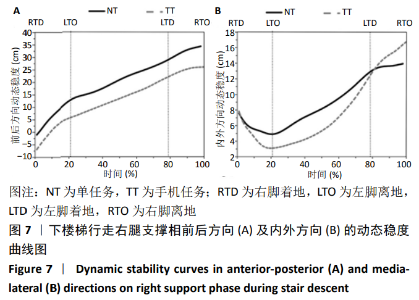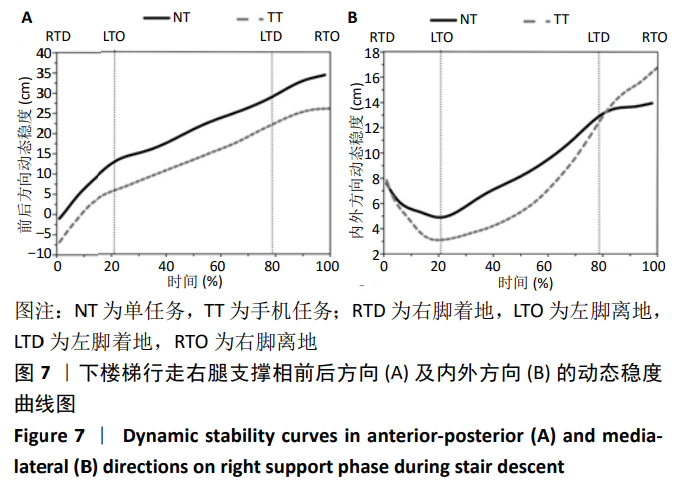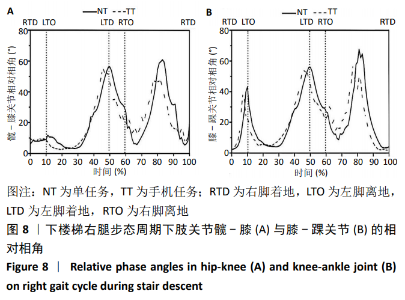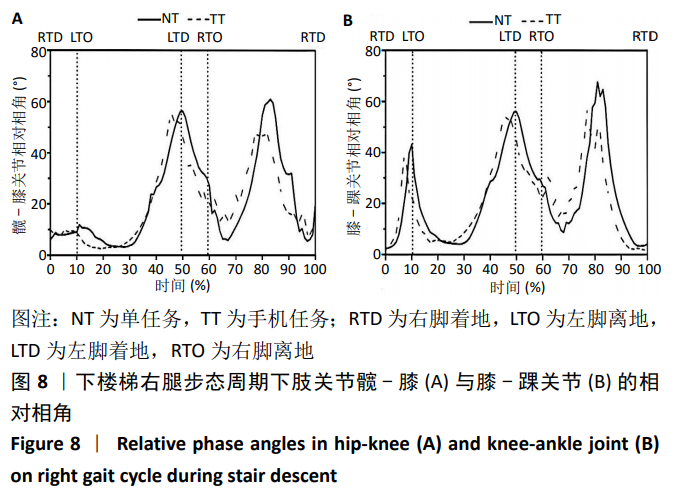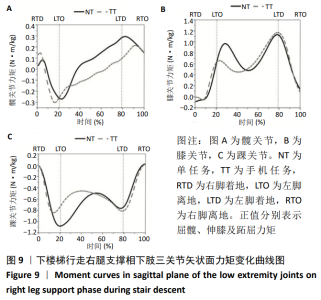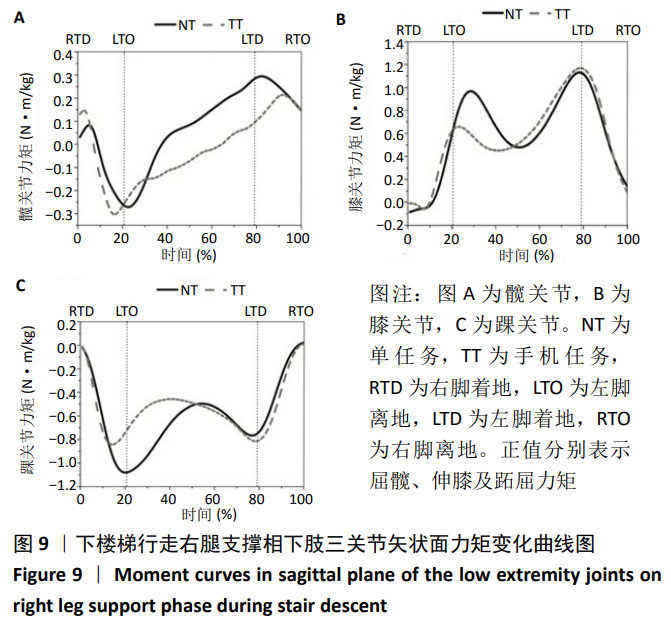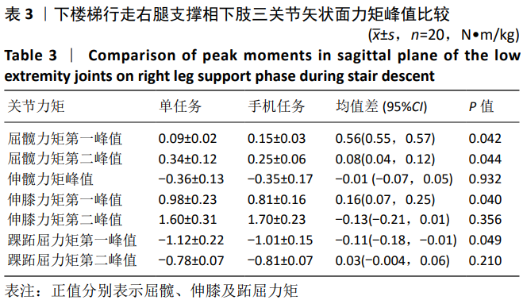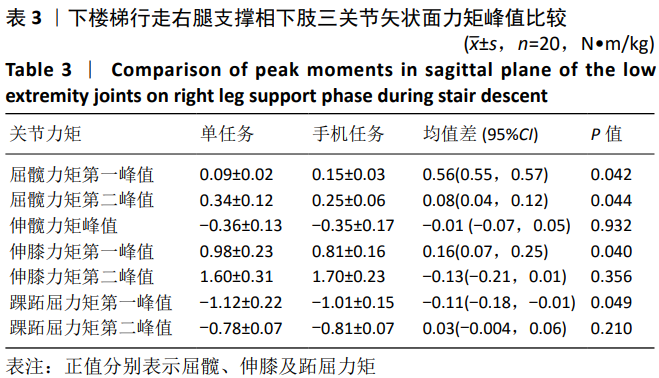[1] BUCKLEY JG, HEASLEY K, SCALLY A, et al. The effects of blurring vision on medio-lateral balance during stepping up or down to a new level in the elderly. Gait Posture. 2005;22(2):146-153.
[2] MASUD T, MORRIS RO. Epidemiology of falls. Age Ageing. 2001; 30 (30 Suppl 4): 3-7.
[3] COSTIGAN PA, DELUZIO KJ, WYSS UP. Knee and hip kinetics during normal stair climbing. Gait Posture. 2002;16(1): 31.
[4] CHOU LS, LEE HJ. Balance control during stair negotiation. J Biomech. 2007;40(11): 2530-2536.
[5] NADEAU S, MC FADYEN BJ, MALOUIN F. Frontal and sagittal plane analyses of the stair climbing task in healthy adults aged over 40 years: what are the challenges compared to level walking? Clin Biomech. 2003;18(10): 950-959.
[6] KARAMANIDIS K, ARAMPATZIS A. Altered control strategy between leading and trailing leg increases knee adduction moment in the elderly while descending stairs. J Biomech. 2011;44(4):706-711.
[7] MCFADYEN BJ, WINTER DA. An integrated biomechanical analysis of normal stair ascent and descent. J Biomech. 1988;21(9):733-744.
[8] 黄会欣,刘电芝. 姿势-认知双任务研究述评[J]. 心理科学进展, 2009, 17(2):294-298.
[9] GALIT YS, HAUSDORFF JM, NIR G. The role of executive function and attention in gait. Mov Disord. 2010;23(3):329-342.
[10] HASHISH R, TONEYBOLGER ME, SHARPE SS, et al. Texting during stair negotiation and implications for fall risk. Gait Posture. 2017;58:409.
[11] KAO PC. Walking stability during cell phone use in healthy adults. Gait Posture. 2015.
[12] 孙威,毛德伟,逄峰,等.太极拳和快走练习对老年女性平衡能力的影响[J]. 中国体育科技,2012,48(5): 75-80.
[13] SONG Q, ZHOU J, SUN W, et al. Long-term Tai Chi exercise increases body stability of the elderly during stair ascent under high and low illumination. Sports Biomech. 2018;17:402-413.
[14] SONG Q, TIAN X, WONG D, et al. Effects of Tai Chi Exercise on body stability among the elderly during stair descent under different levels of illumination. Res Sports Med. 2017;25(2):197-208.
[15] ZHANG C, SUN W, SONG Q, et al. Performance of older adults under dual task during stair descent. J Exerc Sci Fit. 2018;16(3):99-105.
[16] SINGHAL K, KIM J, CASEBOLT J, et al. Kinetic comparison of older men and women during walk-to-stair descent transition. Gait Posture. 2014; 40(4):600-604.
[17] SONG Q, LI L, ZHANG C, et al. Long-term Tai Chi practitioners have superior body stability under dual task condition during stair ascent. Gait Posture. 2018;66:124.
[18] BOSSE I, OBERLÄNDER KD, SAVELBERG HH, et al. Dynamic stability control in younger and older adults during stair descent. Human Mov Sci. 2012;31(6):1560-1570.
[19] 张帆,王长生,祝捷, 等. 上、下楼梯时认知任务介入对下肢协调性影响的研究[J]. 体育科学,2015,35(1):44-53.
[20] STERGIOU N, JENSEN JL, BATES BT, et al. A dynamical systems investigation of lower extremity coordination during running over obstacles. Clinical Biomech. 2001;16(3):213-221.
[21] 李世明,BHATT T. 人体动态稳定性理论及防跌倒扰动性训练进展[J]. 体育科学, 2011,31(4):67-74.
[22] HOF AL, GAZENDAM MGJ, SINKE WE. The condition for dynamic stability. J Biomech. 2017;38(1):1-8.
[23] 梁雷超,黄灵燕,伍勰,等.膝骨关节炎对女性老年人步行动态稳定性的影响[J]. 体育科学, 2016,36(3): 63-68.
[24] MCANDREW YOUNG PM, DINGWELL JB. Voluntary changes in step width and step length during human walking affect dynamic margins of stability. Gait Posture. 2012;36(2):219-224.
[25] WINTER DA. Foot trajectory in human gait: a precise and multifactorial motor control task. Phys Ther. 1992;72(1):45-53.
[26] MCFADYEN BJ,WINTER DA. An integrated biomechanical analysis of normal stair ascent and descent. J Biomech. 1988; 21(9): 733.
[27] BOONYONG S, SIU KC, VAN DONKELAAR P, et al. Development of postural control during gait in typically developing children: the effects of dual-task conditions. Gait Posture. 2012;35(3):428-434.
[28] MAYVILLE JM, JANTZEN KJ, FUCHS A, et al. Cortical and subcortical networks underlying syncopated and synchronized coordination revealed using fMRI. Human Brain Mapp. 2017;17(4): 214-229.
[29] REEVES ND, SPANJAARD M, MOHAGHEGHI AA, et al. Older adults employ alternative strategies to operate within their maximum capabilities when ascending stairs. J Electromyogr Kinesiol. 2009;19(2): e57-e68.
[30] NOVAK AC,BROUWER B. Sagittal and frontal lower limb joint moments during stair ascent and descent in young and older adults. Gait Posture. 2011;33(1): 54-60.
[31] VALLABHAJOSULA S, TAN CW, MUKHERJEE M, et al. Biomechanical Analyses of Stair-climbing while Dual-tasking. J Biomech. 2015;48(6): 921-929.
[32] COLLETTE F, OLIVIER L, VAN DLM, et al. Involvement of both prefrontal and inferior parietal cortex in dual-task performance. Brain Res Cogn Brain Res. 2005;24(2):237-251.
[33] LAJOIE Y, TEASDALE N, BARD C, et al. Attentional demands for static and dynamic equilibrium. Exp Brain Res. 1993;97(1):139-144.
[34] REDFERN MS, JENNINGS JR, MARTIN C, et al. Attention influences sensory integration for postural control in older adults. Gait Posture. 2001;14(3):211-216.
[35] LACOUR M, BERNARDDEMANZE L, DUMITRESCU M. Posture control, aging, and attention resources: models and posture-analysis methods. Neurophysiol Clin. 2008;38(6):411-421.
|


